What Is Cyber Extortion? Tips for Securing Your Data
Pure Storage
DECEMBER 17, 2024
This is a key part of becoming cyber resilient. Implement audits and monitoring Periodic reviews of IT infrastructure, policies, and practices can help identify gaps in compliance or controls. Activate the incident response plan (IRP) Having a pre-established incident response plan is critical.


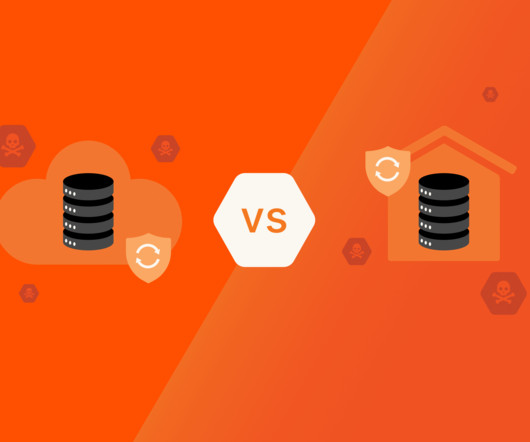
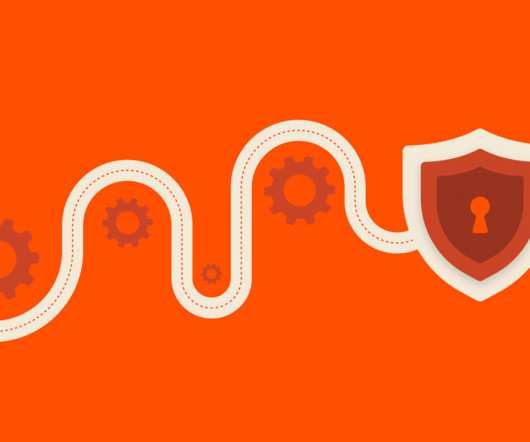


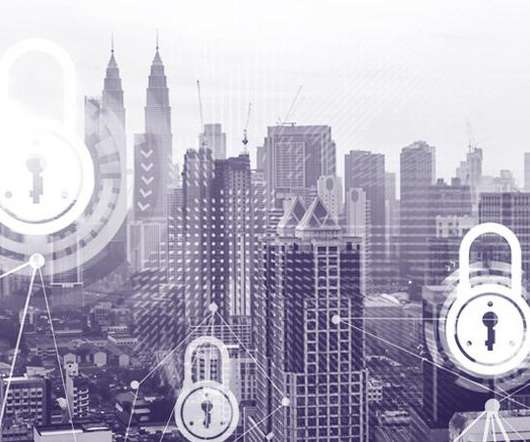

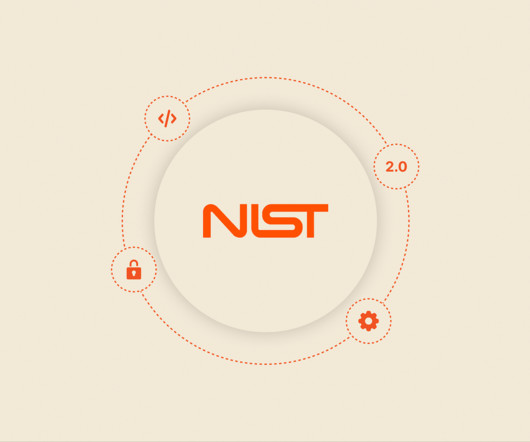

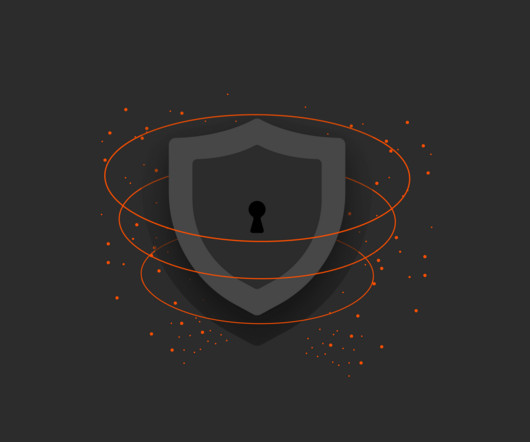








Let's personalize your content